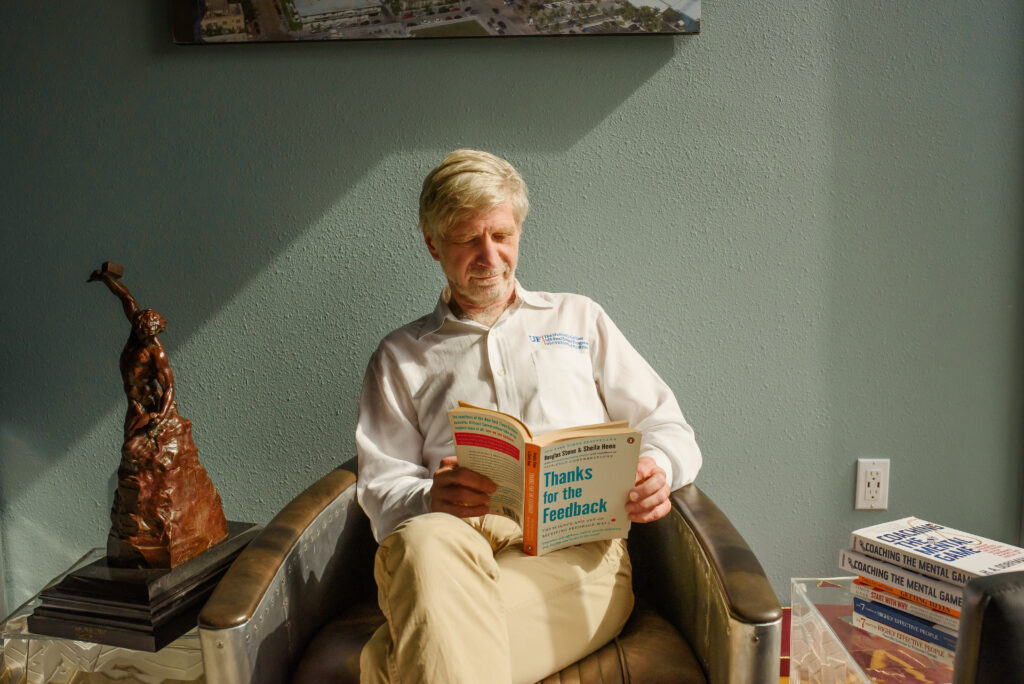 Toyota recently surpassed General Motors in the number of cars sold in the United States. Toyota enjoys a hard-won and long-held reputation as an innovative and profitable firm.
Toyota recently surpassed General Motors in the number of cars sold in the United States. Toyota enjoys a hard-won and long-held reputation as an innovative and profitable firm.
Toyota’s methods are an open secret; many books have been written on the Toyota Way. Toyota has opened its factories and processes, and many Americans work at Toyota factories in America.
What Toyota does better than most is turn “principle into practice.” They execute their principles with astounding dedication, passion, and precision. A foundational principle is Kaizen, the process of continuous improvement that drives Toyota’s innovation. The goal is NOT “huge, sudden leaps” but rather small, steady, daily improvements. Toyota also eschews the point of view that ideas, creativity, and innovation are the province of the elite few but rather the daily responsibility of everyone. After all, who knows their tasks better than the people on the front line?
America loves to dream big and there is a lot to be said for that: Victor Hugo once said, “Dream no small dreams. They have no power to stir the souls of men.” Yet when it comes time to build foundations under those dreams, to bring the dreams into reality, the truth of the matter is that “the devil is often in the details.” While you are staring at the mountain-top goal, you’ve still got to put one foot in front of the other along the path to the top, step after step after small step.
America loves the story of the overnight sensation and the media cheerfully cater to our obsessions. While it can happen, generally speaking it takes decades of practice and hard work to become an “overnight sensation.”
Slow and steady improvement, the tortoise rather than the hare, runs counter to the ideal self-image of most Americans and by extension most American companies. We are so focused on next quarter’s earnings, the next big thing, that the concept of miniscule progress gets very little traction.
Just as we focus on crash diets and liposuction when we KNOW the true solution is healthy eating habits, portion control, and daily exercise, so do companies tend to look for quick and easy solutions that will pump the stock price in time for management’s next quarterly bonus evaluation. And just as yo-yo dieting does long-term damage to the body, so does an endless regime of quick fixes hamstring America’s long-term corporate competitiveness.
I once had a friend who was very focused on “grabbing the brass ring.” He was convinced that there was some golden opportunity that, once discovered, would vault him instantly into the upper echelons of success. Moreover, he was sure it would come pretty much pre-packaged. Just add the magic ingredient of his charming personality, his winning ways, and his infectious enthusiasm and voila! Success! He chased mirage after mirage and every time he fell farther and farther behind his contemporaries who where doing boring things like getting jobs and paying off mortgages and climbing various organizational ladders.
It takes discipline and dedication to turn your back on the siren call of quick fixes. It takes true, rock-steady commitment to continuously concentrate on the mundane details of daily execution and have faith that the cumulative impact will be worth the effort. It works for Toyota becomes it goes deep: “It’s not just a series of processes or incentives or targets. It’s a philosophy, a way of looking at life.”
The secret of success is no secret. The secret of success lies in slow, steady, daily improvement. One of the greatest gifts I have received in life was a father who lived in his daily life many excellent principles, including this one. I suspect my father learned it from his father, as my closing quote below is from my grandfather’s book, “Secret of the Ages”:
“Success is the sum of small efforts––repeated day in and day out.”
––Robert Collier
Click below to read New York Times article:
From 0 to 60 to World Domination
By JON GERTNER
Published: February 18, 2007
How did Toyota become best automaker in the world?




